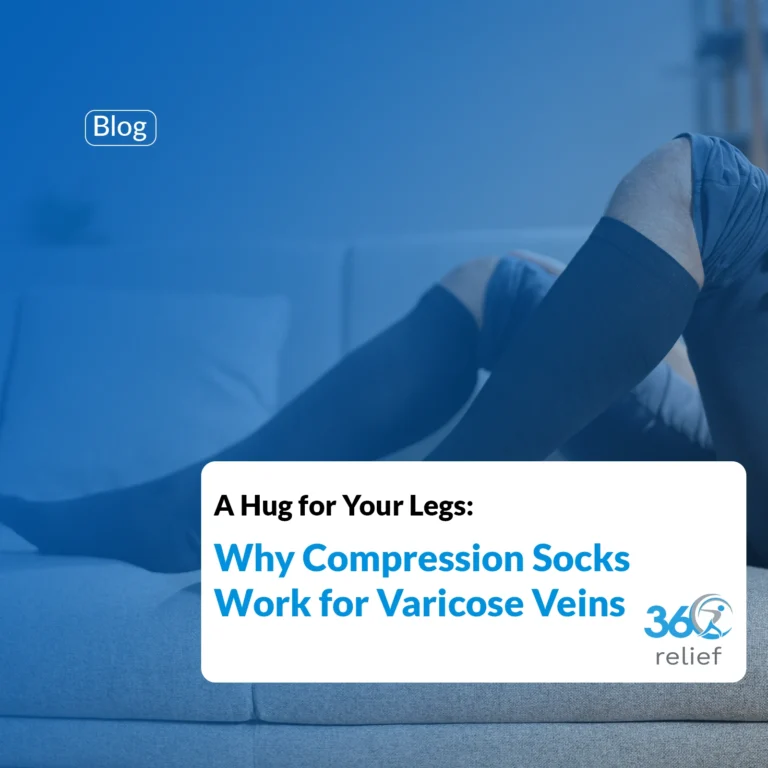
A Hug for Your Legs: Why Compression Socks Work for Varicose Veins
Varicose veins are more than just a cosmetic concern. For many people, they bring discomfort, swelling, and a heavy feeling
Back injuries can be all too common and can cause long-term problems if left untreated. Many causes can be avoided with research and prior planning. You can do a lot to protect your back by ensuring good posture and keeping active. This allows the spine and vertebrae to remain in the optimum position without becoming damaged, strained or moved out of alignment. Ensuring the right back support for posture is crucial too, whether that is adjusting chair height, choosing the right footwear or wearing a supportive back brace to encourage good posture.
Table of Contents
ToggleIf your back has been injured, it requires decent support to heal correctly. Back injuries can happen during sport or physical exercise, lifting something heavy or even moving in the wrong way too quickly or too far. Back pain usually fixes itself after a few weeks, but if you are worried, always seek professional advice.
Stay as active as you can, as sitting in one place for a long period can cause your body to become stiff and painful. Do some simple back exercises and stretches, such as Pilates to keep the back and body loose. Yoga, walking and swimming can also help. More intense treatments can also be offered by a medical professional, including manual therapy, nerve treatments and spinal fusion surgery.
If you do use painkillers, choose non-steroidal anti-inflammatory tablets as a first resort, only moving to a stronger option under medical advice. Apply a heat pad or ice pack, alternating between the two in short bursts to ease pain. To assist in recovery, wear a back support. This is a discreet brace or strap that goes underneath your clothes to bring your back into alignment and encourage the correct posture. They work as the back support for posture and also help in doing exercises.
Back posture correctors are adjustable for maximum comfort and support. They are made from breathable, easy-to-wear material that absorbs sweat and is designed not to rub or cut into the back. Also available are support pillows and seats to help you sit without pain. You can also wear a shoulder brace to help with correcting posture and wider pain or discomfort around your body. Shoulder braces can help alleviate pressure from the upper back and shoulder area.
Poor posture is a leading cause of back pain. There are many ways to improve this to reduce discomfort, strengthen back muscles and prevent damage happening to the spine and vertebrae.

Varicose veins are more than just a cosmetic concern. For many people, they bring discomfort, swelling, and a heavy feeling
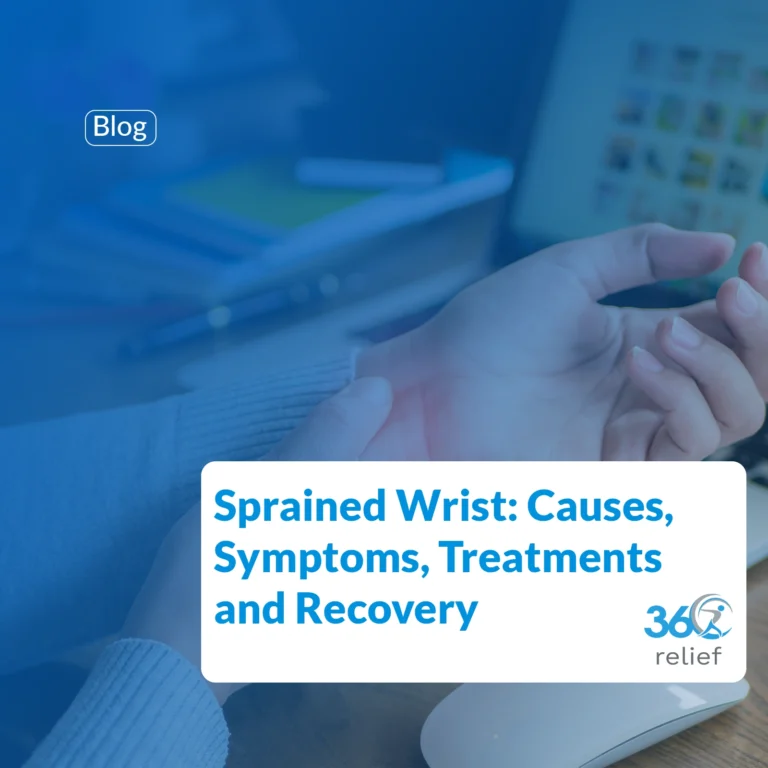
A wrist sprain(s) occurs when a ligament in the wrist is partially injured. Ligaments are the dense connective tissues that

The 2025 Unibet British Open Snooker is just around the corner, and excitement is building as fans prepare to watch
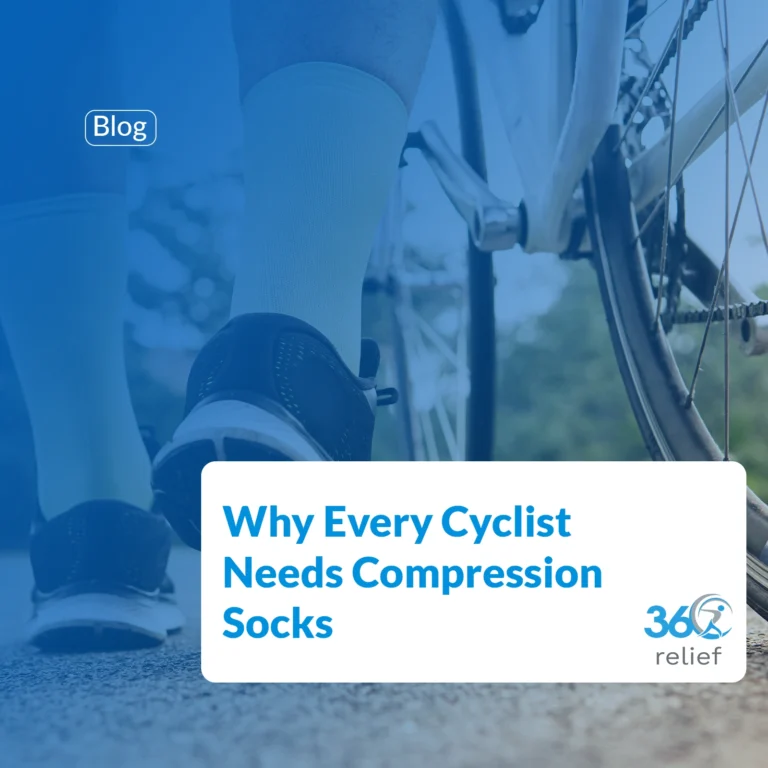
Cycling is one of the most rewarding sports for both fitness and leisure, but it also places high demands on

Cycling fans across the UK are gearing up for one of the most exciting events on the sporting calendar –

The World Boxing Championships 2025 are just around the corner, with Liverpool preparing to host some of the finest athletes
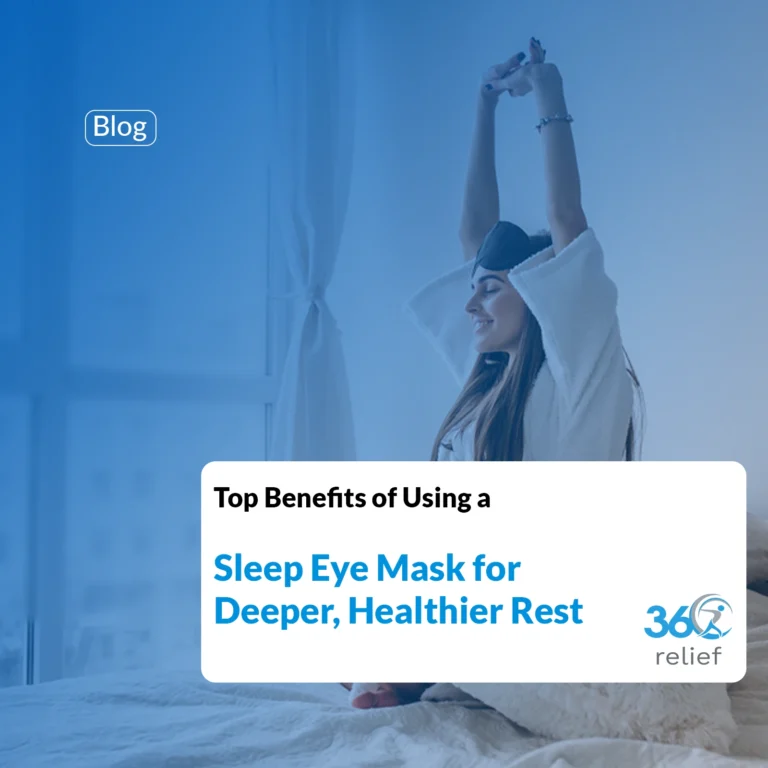
Getting enough sleep is one of the most important foundations of good health, yet many people in the UK struggle

1. Introduction – Rugby’s Biggest Stage Returns to England From August to September 2025, England will host the most exciting
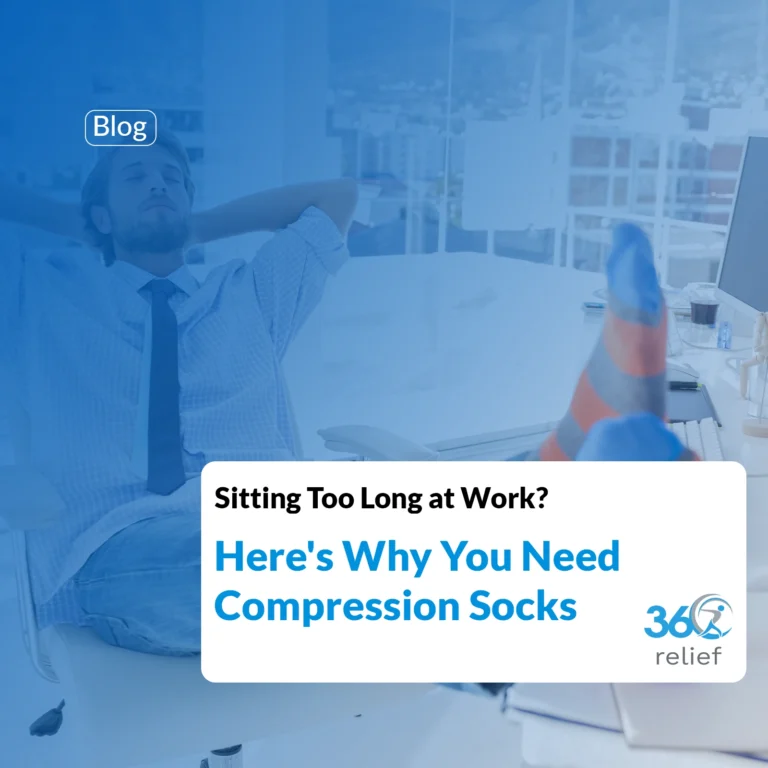
Modern workplaces often involve long hours at a desk, whether in an office or working from home. While sitting may
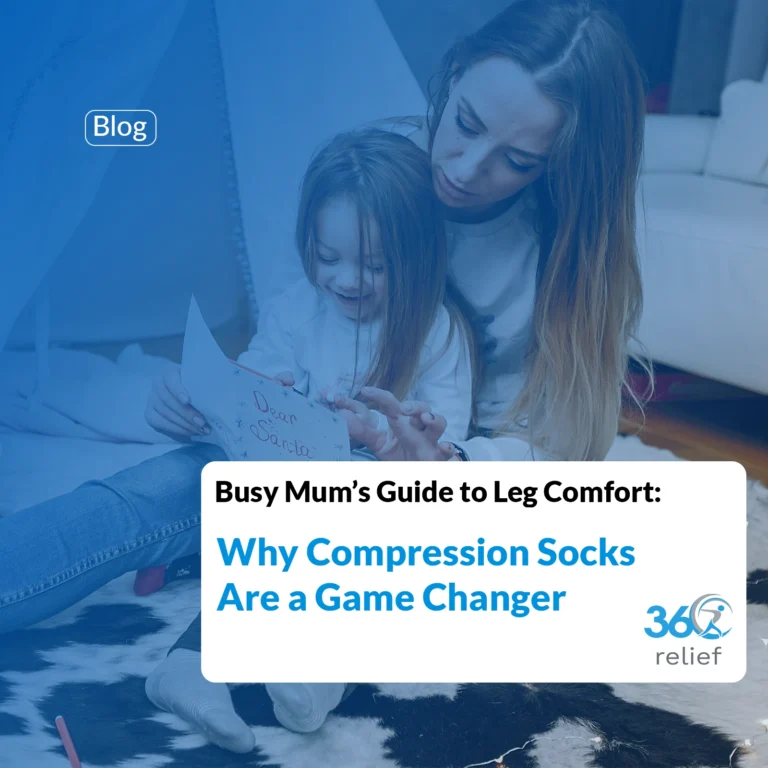
Mums are the true multitaskers of everyday life. From school runs to supermarket trips, from cleaning to working on your

Every year, thousands of people across the UK embrace Cycle To Work Day as an opportunity to swap four wheels

When it comes to safeguarding our knees, whether for running, lifting, rehab or daily movement, choosing the right support can
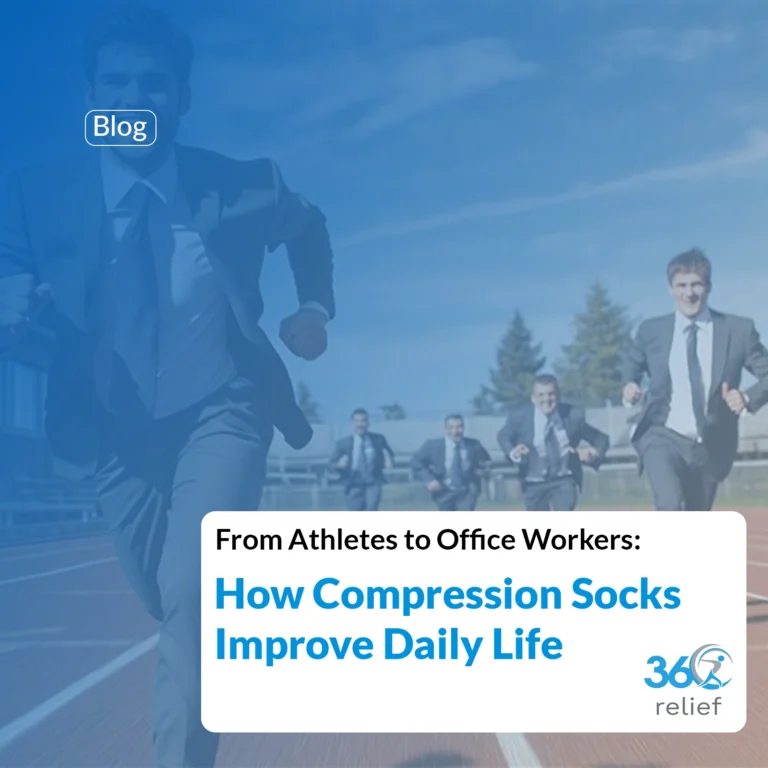
Whether you’re an athlete striving for peak performance, a healthcare professional spending long hours on your feet, or an office

Holidays are coming, which means that let’s welcome them with joy, laughter, and, of course, some comfort! At 360 Relief,

Happy Cyber Monday to everyone; it is a perfect occasion for 360 Relief to offer a special discount of 10%

